Getting a quilt accepted into a juried quilt show is exhilarating! You have taken a chance and put your work out into the world, and now it is heading to a major venue for a large audience to see.
But each time you enter a show, you also risk rejection. It doesn’t matter if you are a first-time entrant or if you have had quilts in the same show in previous years—anyone can end up having entries rejected.
The QuiltCon jury results will come soon, which is often a stressful time in the modern quilting community. Today, let’s look at three common reactions to having a quilt rejected and how to flip the script on our inner monologue.
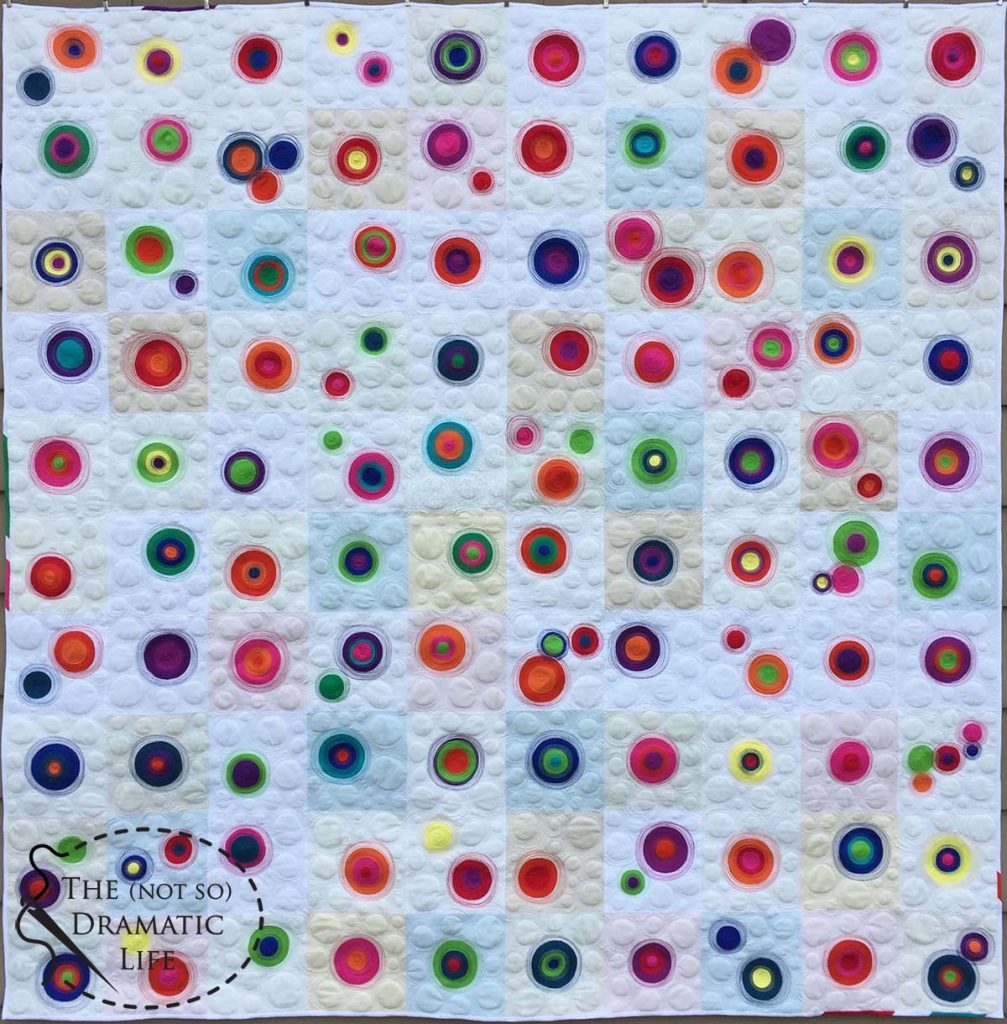
Know before you read: I have never served on a quilt show jury, but I will let you know if I do. I have had conversations with and read accounts of the process from former jurors. Additionally, I have experience assessing design while teaching college-level design courses and in critique sessions of my own and other people’s work.
The current jurors for QuiltCon 2025 are anonymous and will remain anonymous forever unless they choose to announce their participation after the acceptances and rejections go out.
3 Common Reactions to Quilt Show Rejections
The jury didn’t like my quilt.
“Like” probably doesn’t play much role in selecting quilts for a show. The best quilt shows include a wide range of aesthetics, techniques, and points of view.
Juries probably love many quilts that aren’t on the acceptance list. Moreover, each jury is comprised of individuals, all with their own aesthetic preferences. Even if one or two people aren’t drawn to a particular quilt, it doesn’t mean that other jury members weren’t pulling for it.
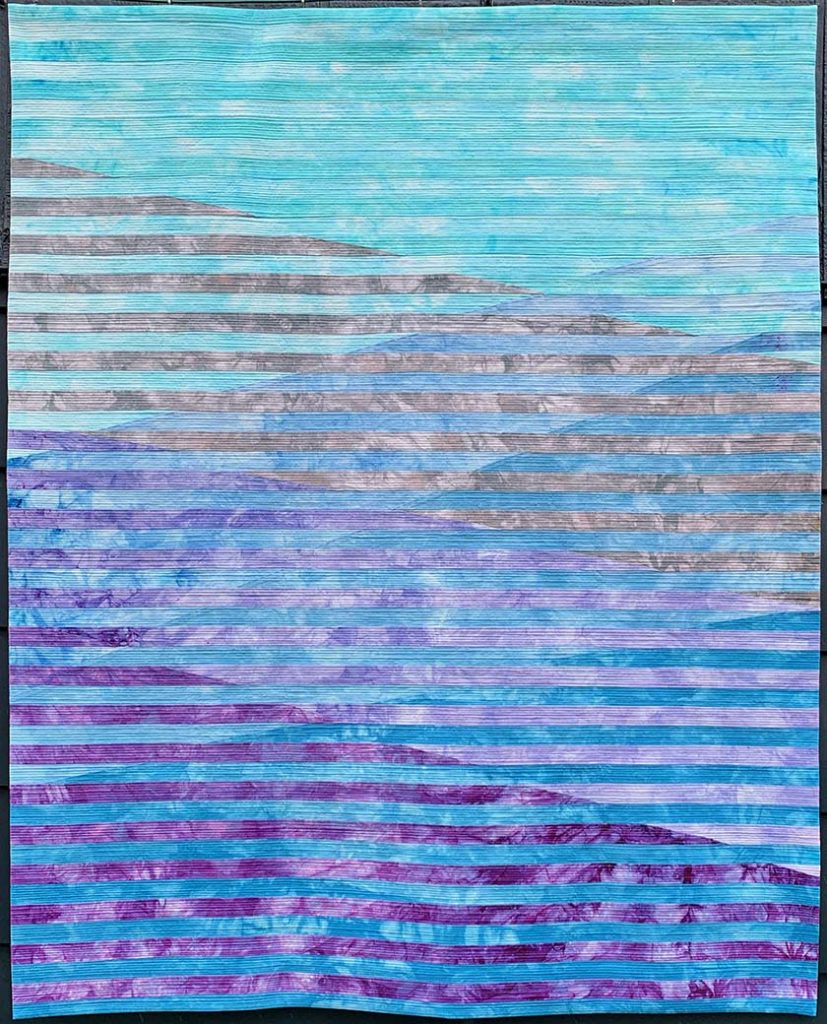
What happens if there are tons of entries with the same general look? If you have 50 quilts entered based on a traditional Ohio Star block, would you want the jury to include all of them in the show? When a contest only has about 450 slots available for quilts, the jury must include a range of designs to balance the show. In this scenario, they would probably select just a few Ohio Star-inspired quilts that use the motif in a truly exceptional way.
Flipping the Script:
- My quilt didn’t fit the show’s overall look this year, but I believe in this design and can try again next year.
- I’ve seen a lot of quilts with this aesthetic (traditional block, technique, or designer influence) lately. There may have been a lot of entries similar to mine this year. I’m sure it was hard for the jury to select which ones to include in the show.
- As I look at the other rejected quilts on social media, I can see my quilt is in good company- these quilts are amazing!
My quilt isn’t (fill in the blank) enough.
I often hear this sentence: “They don’t think my quilt is Modern enough.”
But, depending on the show, you could fill in lots of words like artistic, colorful, sophisticated, innovative, etc.
The definition of Modern Quilting is constantly evolving. If you doubt this, check out the Past QuiltCon Winners. When you compare winning quilts from the first few years to the recent winning quilts, you can see how much aesthetics have evolved. (The shifts in the negative space category are particularly noticeable.)
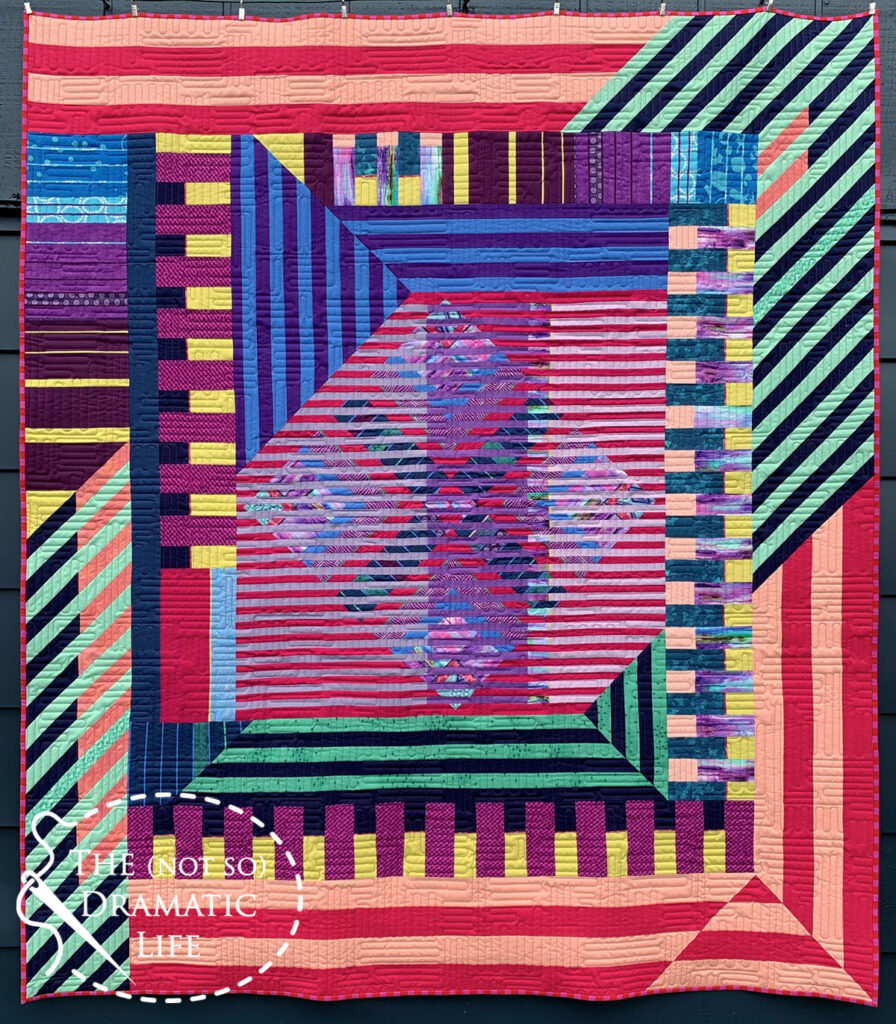
Many years ago, Modern felt like a more set definition, but now we see a more fluid interpretation. The Modern Quilt Guild, which runs QuiltCon, has an extensive statement about “What is Modern Quilting?” which includes the following statement:
Today, at the heart of modern quilting is innovation. The emphasis is on design and originality over replication and perfection of technique.
What is Modern Quilting from the MQG Website
Some designs are more distinctively Modern than others. Do you think your quilt is Modern? Remember that if you aren’t sure the aesthetic fits with a show, the jury may not be sure either. You may decide that your quilt fits better with another show.
Flipping the script:
- Modern quilting has a fluid definition. Even though the jury didn’t select my quilt for this year’s show, I am confident in the quilt’s place within the Modern Movement.
- This quilt may exist in an area between the Modern/Art/Traditional aesthetics. I will try entering it in a different show.
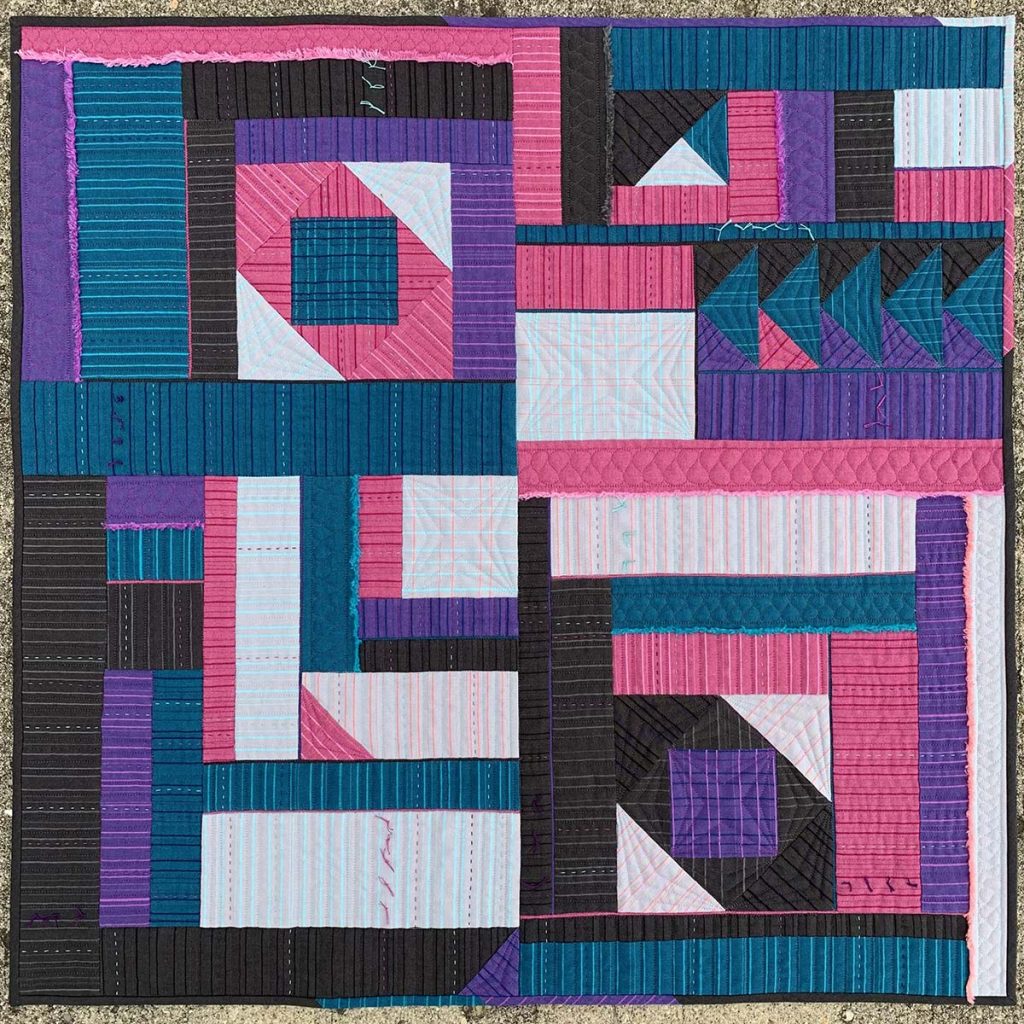
I’ve wasted money on the entry fee.
Quilting is rarely inexpensive, and fees for entering shows are another added cost. Spending money on something you don’t see a direct benefit from can be frustrating.
Whenever I enter QuiltCon, I assume that my entry fee is a donation to the Modern Quilt Guild. If I get quilts into the show, I’m delighted, but I prefer to think of my entry fee as going to a non-profit organization that supports an art form that I find valuable. The costs of entering a quilt show add up, and this type of thinking helps me view entry fees as something useful rather than a waste of resources.
Flipping the Script
- I enjoy quilting, and I’m glad my entry fee goes to an organization that promotes this art form in a way that will help it continue for generations to come.

Objectively Assessing Your Entries
If you are among the many people who will receive a rejection notice from QuiltCon in the coming days, I encourage you to take the time to process your feelings.
QuiltCon jurying is based primarily on the photographs you submit. When ready, open up the image files you submitted for your quilts. Then ask yourself:
- Can I see the edges of the quilt in the full photo?
- Does the quilt look like it does in real life? (Does the quilt look like it is the correct color? Are the edges relatively square?)
- How is the lighting and photograph quality? (Can the jury see what’s happening with the quilt without seeing the quilt in person?)
- Are there a lot of quilts out in the world right now that embrace this aesthetic?
- Does this quilt closely emulate the distinctive style of a well-known quilt designer?
- Is this quilt based on a trending block or motif? (This could mean more competition)
- Would this quilt work better in a show that embraces a range of traditional, art, and modern aesthetics?
- Are there flaws in the construction techniques that detract from the quilt’s design?
These criteria may have played a role in whether or not your quilt gets into a show, but your quilt could also be fabulous and not make it into the show in a particular year.
Remember that each jury is unique; if you enter your quilt next year, it may get in!

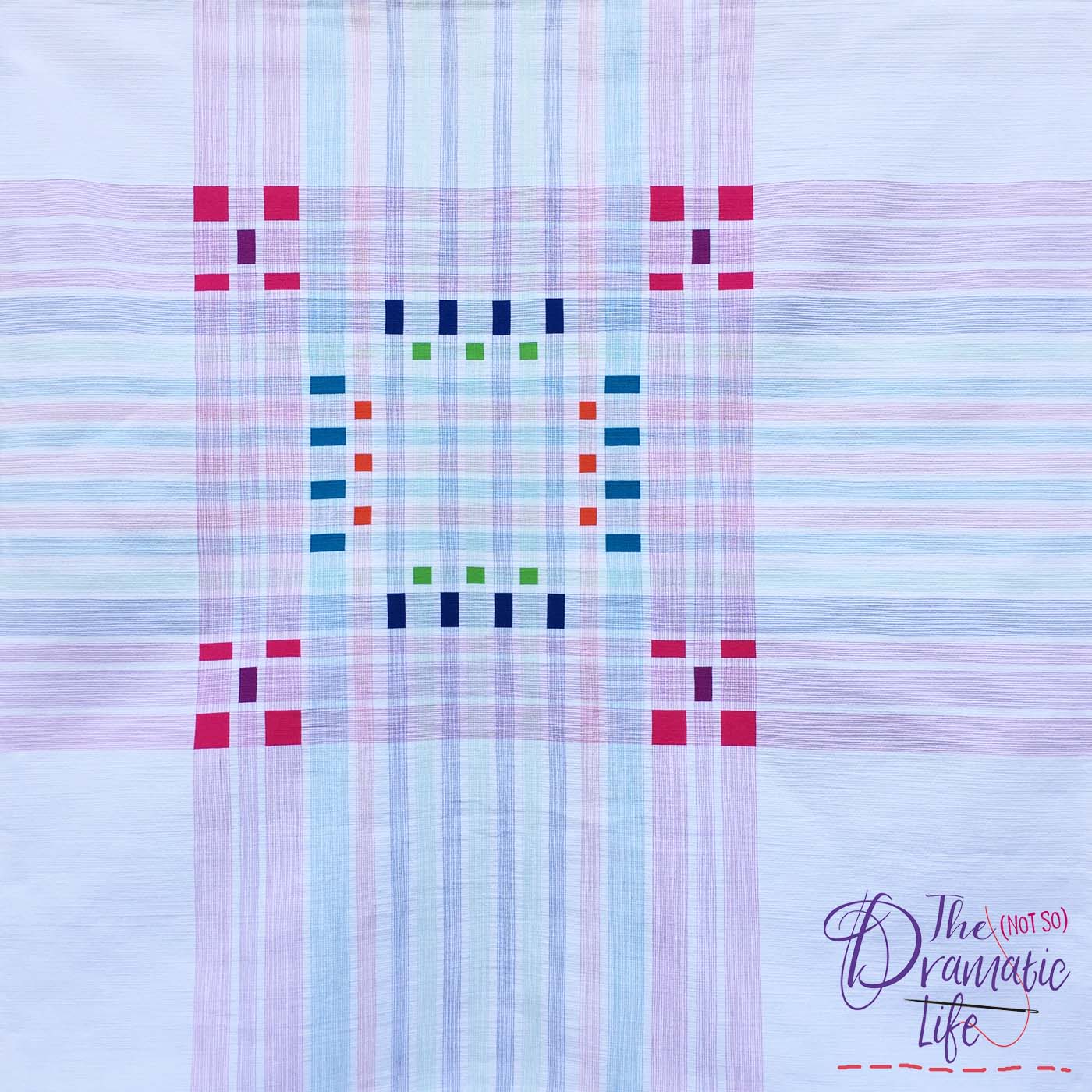
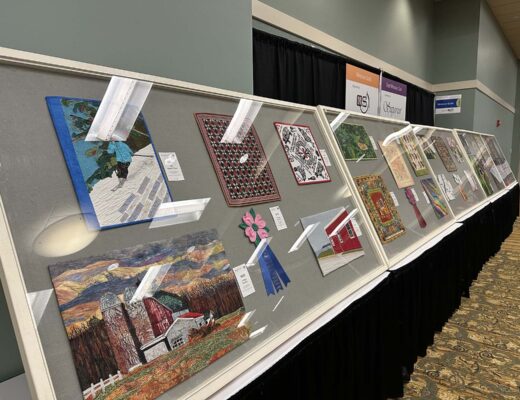

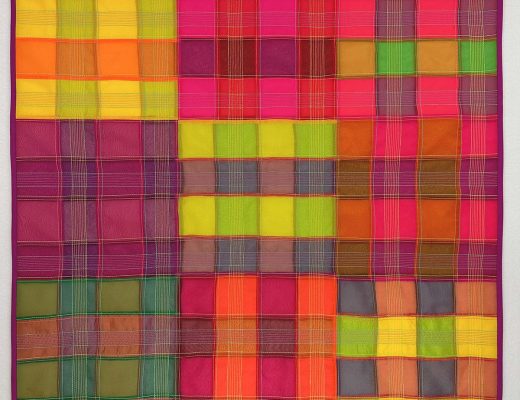

No Comments